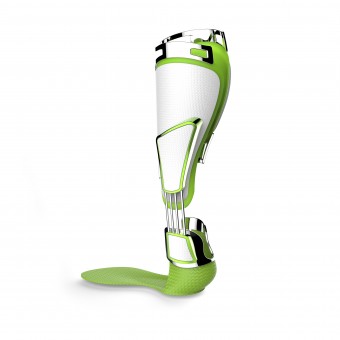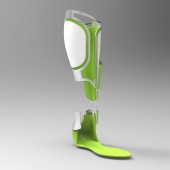Avviare Ankle Foot Orthosis by Adele Rehkemper and Cliff Shin |
Home > Winners > #33174 |
| CLIENT/STUDIO/BRAND DETAILS | |
 |
NAME: The Beckman Institute for Advanced Science and Technology at the University of Illinois at Urbana-Champaign PROFILE: The Beckman Institute for Advanced Science and Technology at the University of Illinois at Urbana-Champaign is an interdisciplinary research institute devoted to leading-edge research in the physical sciences, computation, engineering, biology, behavior, cognition, and neuroscience. |
| AWARD DETAILS | |
 |
Avviare Ankle Foot Orthosis by Adele Rehkemper and Cliff Shin is Winner in Cybernetics, Prosthesis and Implant Design Category, 2013 - 2014.· Read the interview with designer Adele Rehkemper and Cliff Shin for design Avviare here.· Press Members: Login or Register to request an exclusive interview with Adele Rehkemper and Cliff Shin. · Click here to register inorder to view the profile and other works by Adele Rehkemper and Cliff Shin. |
| SOCIAL |
| + Add to Likes / Favorites | Send to My Email | Comment | Testimonials | View Press-Release | Press Kit |
Did you like Adele Rehkemper and Cliff Shin's Cybernetics Design?
You will most likely enjoy other award winning cybernetics design as well.
Click here to view more Award Winning Cybernetics Design.








